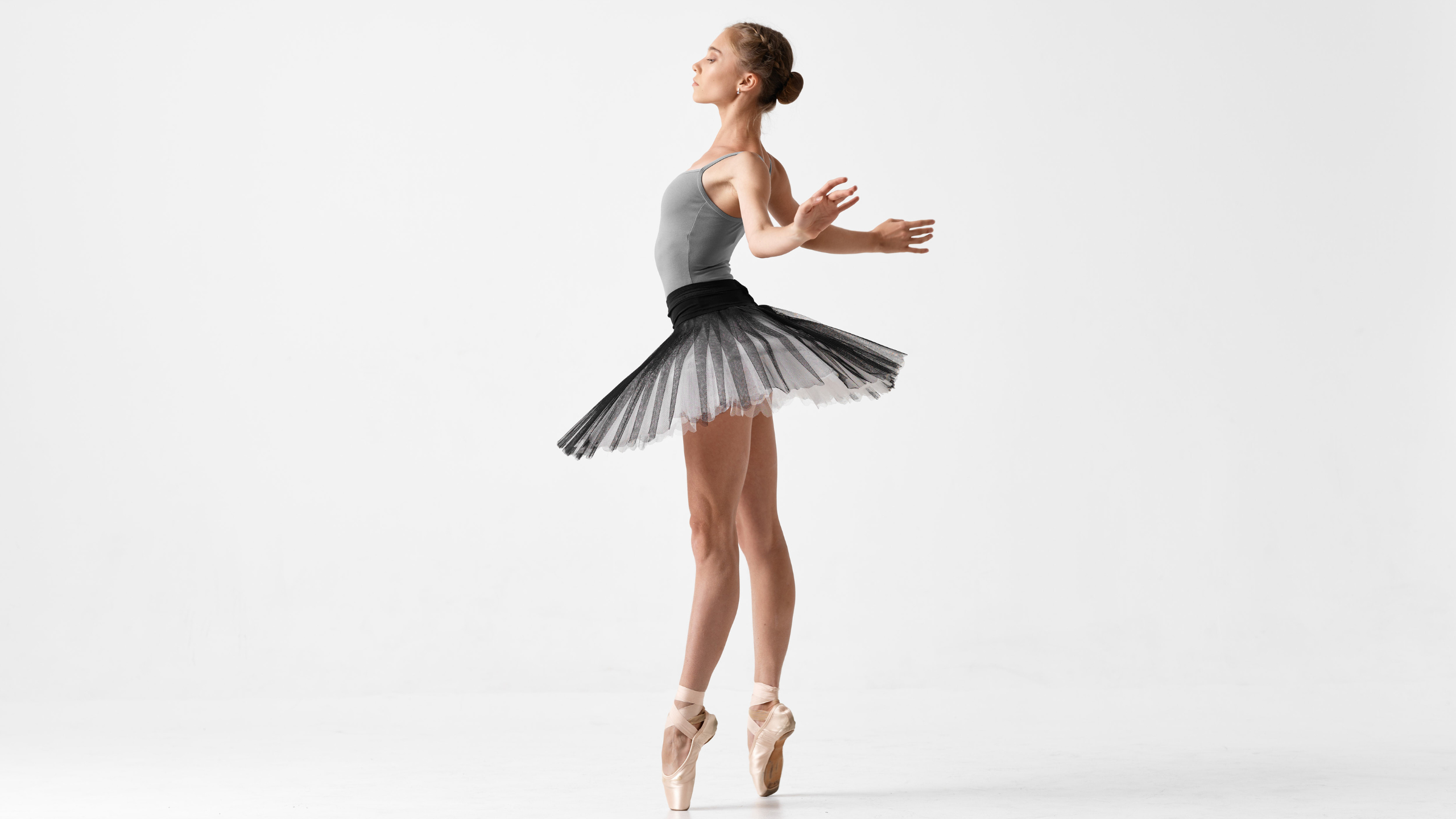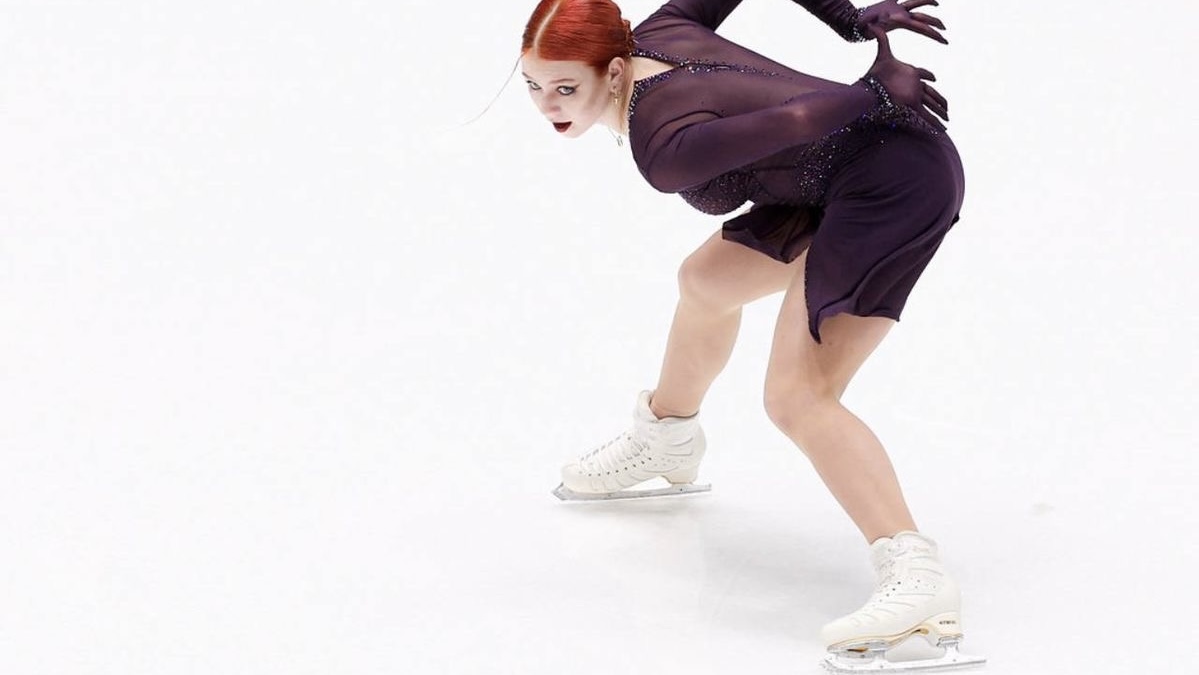January 15, 2025
Alexandra Trusova Expecting a Child
April 01, 2025

Among the world’s most iconic ballets, Swan Lake stands out as a timeless blend of romance, tragedy, and breathtaking choreography. Premiering in 1877 at Moscow’s Bolshoi Theatre, this masterpiece, composed by Pyotr Ilyich Tchaikovsky, has captivated audiences for nearly 150 years. While its ethereal white tutus and haunting melodies are instantly recognizable, there are many intriguing facts behind this beloved ballet that add depth to its magic. Here’s a look at some of the most interesting tidbits about Swan Lake that might surprise even the most devoted ballet fans.
Believe it or not, Swan Lake was a flop when it first premiered. Critics and audiences found the original 1877 production underwhelming, criticizing its choreography by Julius Reisinger as uninspired and the storyline as confusing. Even Tchaikovsky himself was dissatisfied, reportedly calling it “poor stuff” compared to his later works. It wasn’t until 1895, after Tchaikovsky’s death, that choreographers Marius Petipa and Lev Ivanov reimagined the ballet for the Mariinsky Theatre in St. Petersburg, transforming it into the triumph we know today. This revival cemented Swan Lake as a cornerstone of classical ballet.
One of Swan Lake’s defining features is the dual role of Odette and Odile, danced by the same ballerina. Odette, the gentle and tragic White Swan, contrasts sharply with Odile, the cunning and seductive Black Swan. This demanding role requires not only technical precision but also a profound emotional range, making it a career-defining challenge for prima ballerinas. The famous 32 fouetté turns performed by Odile in Act III—rapid, whipping spins executed on one leg—are a test of stamina and skill that have become one of ballet’s most legendary moments.
Tchaikovsky drew inspiration for Swan Lake from Russian and German folklore, including tales of swan maidens—women cursed to transform into birds. But there’s also a curious historical connection: King Ludwig II of Bavaria, a passionate patron of the arts and Tchaikovsky’s contemporary, was obsessed with swans and even built a fairy-tale castle, Neuschwanstein, adorned with swan imagery. While there’s no direct evidence Ludwig influenced the ballet, his swan fascination mirrors the romantic, otherworldly tone of Swan Lake, adding an intriguing historical parallel.
Unlike many fairy tales, Swan Lake doesn’t have a single, definitive ending. In the original 1877 version, Prince Siegfried and Odette perish together, defeated by the sorcerer Von Rothbart. However, the 1895 revival introduced a more bittersweet conclusion where the lovers’ sacrifice breaks the spell, allowing their spirits to ascend together. Over time, productions have varied—some opt for a tragic double death, others a triumphant victory over evil. This fluidity keeps Swan Lake fresh and open to interpretation, reflecting the cultural tastes of each era.
Tchaikovsky’s score for Swan Lake is so musically rich that it’s often performed as a standalone orchestral work. Unlike earlier ballet music, which served as mere accompaniment, Tchaikovsky infused Swan Lake with symphonic complexity, weaving leitmotifs—recurring musical themes—for characters like Odette and Von Rothbart. This innovation elevated ballet music to an art form in its own right, influencing composers and choreographers for generations. Fun fact: the famous “Swan Theme” from Act II is one of the most recognizable melodies in classical music.
The image of ballerinas in white tutus, gliding across the stage as swans, is synonymous with Swan Lake. These costumes, introduced in the 1895 production, were a practical evolution—shorter skirts allowed audiences to marvel at the dancers’ intricate footwork, a departure from the longer, heavier dresses of earlier centuries. The white tutu became a symbol of purity for Odette’s swan maidens, while Odile’s black tutu in Act III starkly contrasts, visually amplifying the drama. Crafting these tutus is no small feat—each can take up to 90 hours to make by hand, using layers of tulle to create that ethereal, feathery look.
Speaking of those 32 fouettés, they’ve inspired awe—and competition—among ballerinas. In 1959, New Zealand-born dancer Rowena Jackson set a Guinness World Record by performing 121 consecutive fouetté turns, a jaw-dropping display of endurance. While Swan Lake only calls for 32, this feat highlights the physical extremes ballerinas push themselves to achieve. The sequence remains a highlight of the ballet, often earning mid-performance applause when executed flawlessly.
Swan Lake has transcended the stage to permeate pop culture. Its music has been featured in films like Black Swan (2010), which dramatized the psychological toll of the Odette/Odile role, and its imagery has inspired everything from fashion to figure skating routines. The ballet’s universal themes of love, betrayal, and redemption resonate across borders, with companies worldwide—from Russia’s Bolshoi to the Royal Ballet in London—offering their own interpretations. It’s a testament to Swan Lake’s enduring power that it remains a bucket-list performance for dance lovers everywhere.
From its inauspicious beginnings to its status as a cultural juggernaut, Swan Lake is more than just a ballet—it’s a living story of resilience, artistry, and transformation. Whether you’re drawn to its haunting score, the athleticism of its dancers, or the mystery of its swans, there’s always something new to discover in this enchanting show. Next time you watch, you’ll see those graceful swans in a whole new light.
By Vitalina Andrushchenko, Staff Writer

January 15, 2025
Alexandra Trusova Expecting a Child

April 05, 2025
Alexandra Trusova and Makar Ignatov Reveal the Gender of Their Future Child

December 26, 2024
2025 World Junior Championship Schedule